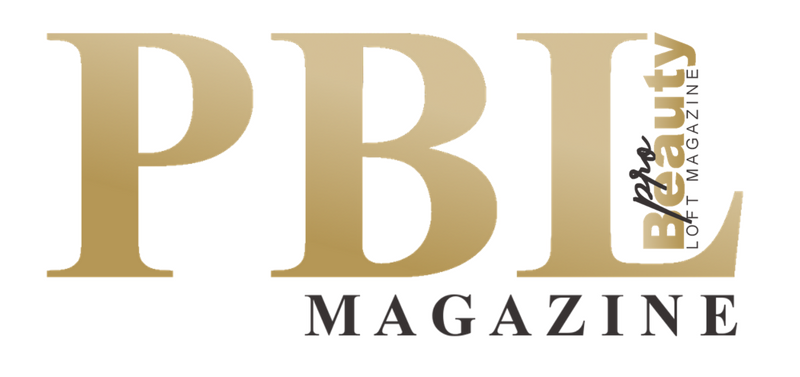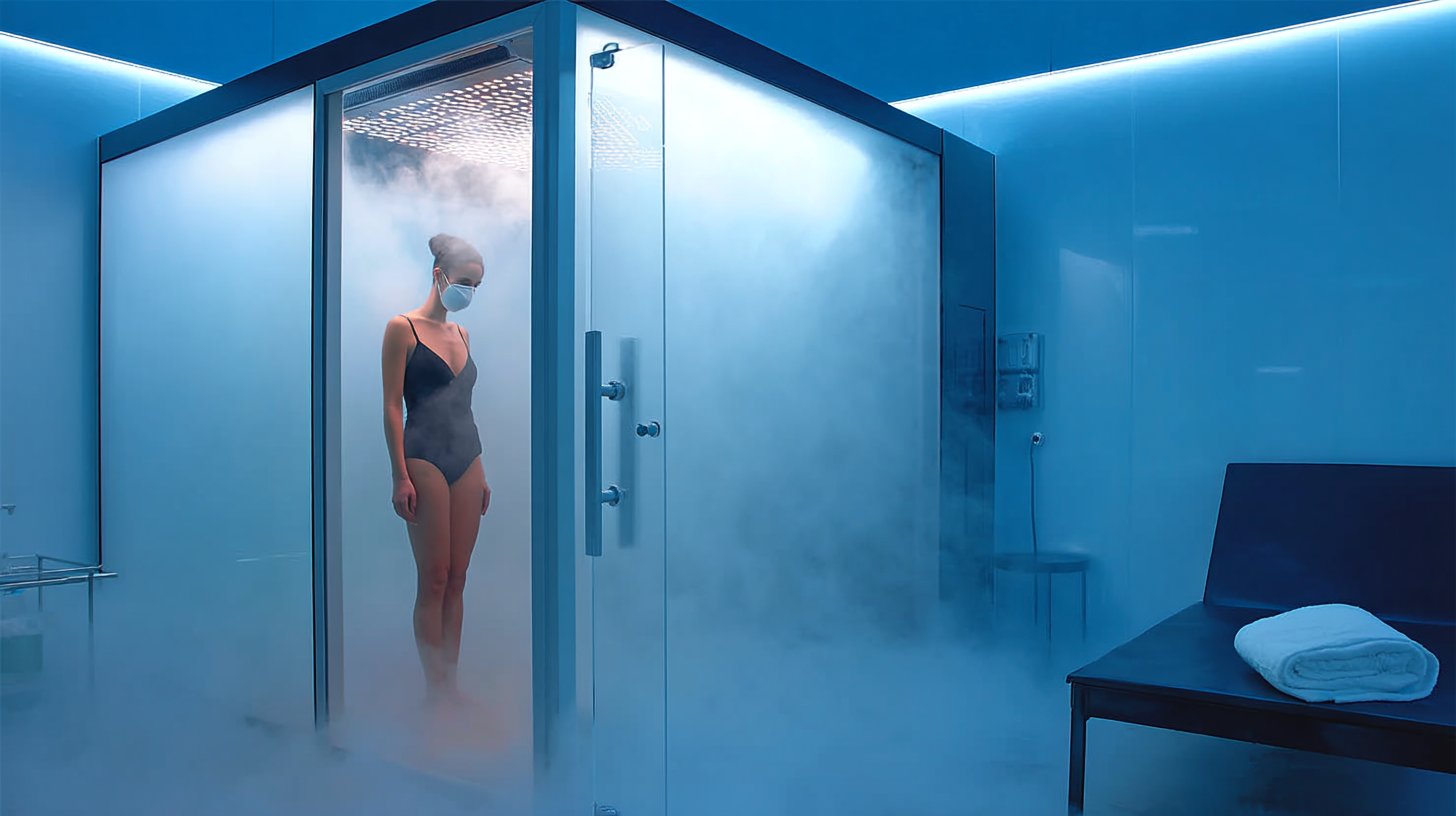Why Everyone Should Have a Medical Pedicure at Least Once a Year
Most people think of pedicures as a cosmetic fix—something to book before a holiday or to keep feet looking polished during the summer. But there’s a clinical version of this treatment that goes far beyond polish. The medical pedicure offers functional care, expert diagnosis, and a chance to catch problems before they become painful or chronic. For many, it’s the one appointment their feet have been waiting for.
Unlike the traditional salon pedicure, this treatment is carried out by a podiatrist or qualified foot health professional, using sterile instruments in a clinical setting. While it does leave your feet looking refined, the purpose runs deeper. Each appointment starts with an in-depth assessment of skin, nails, and structure. Conditions like corns, calluses, cracked heels, fungal infections, and ingrown toenails can all be spotted and treated. No soaking tubs or blades from the back room just clean, precise tools and trained hands.
This proactive approach is especially helpful for those with diabetes or circulatory issues, but it's just as relevant for anyone on their feet all day or wearing ill-fitting shoes. Even if your feet look fine on the surface, subtle problems can develop quietly. By the time there’s discomfort, damage is often already under way. With regular attention from a podiatrist, small issues are managed before they escalate.
Treatments are carried out on dry skin, which allows for better visibility and control. Thickened nails are carefully reduced and reshaped. Hard skin is removed using surgical tools, and nails are finished to a healthy sheen. Many clients find the natural, polished look is enough, though a clear or coloured varnish can be added if desired. After just one session, feet feel lighter, more comfortable in shoes, and visibly healthier.
One of the most respected clinics offering this service is Margaret Dabbs London. Founded by leading podiatrist Margaret Dabbs OBE, the clinic blends the clinical expertise of medical footcare with the style and atmosphere of a high-end spa. Treatments are delivered by HCPC-registered professionals, and the rooms are private, calm, and well-equipped.
At Margaret Dabbs, patients receive tailored treatments that often include their own-brand professional products. These are formulated with ingredients like emu oil, chosen for its anti-inflammatory and hydrating properties, and are used to treat dry skin, fungal concerns, and nail discolouration. The brand also offers pressure analysis and 3D scanning for those dealing with more complex biomechanical issues, making it a destination for both beauty and long-term care.
There’s something grounding about having your feet properly looked after. People often leave their first appointment surprised by how much more comfortable their shoes feel, or how smooth and balanced their stride becomes. Regular visits can prevent the thickening of skin that leads to cracked heels or painful pressure points, making everyday movement more comfortable.
The rise in demand for medical pedicures is no accident. As the wellness conversation expands to include longevity and preventive care, more people are beginning to see foot health as essential. While the beauty world has long prioritised skin and hair, the feet—despite carrying us through every day—have often been ignored. That’s beginning to shift.
Margaret Dabbs clinics have helped move the needle on that cultural conversation. By combining expert care with luxury touches, they’ve given this treatment the visibility and credibility it deserves. And for professionals advising clients on a holistic approach to wellness, recommending an annual visit to a medical foot specialist is not just good advice—it’s vital.
Your feet don’t need to be in crisis to benefit from professional care. Booking a medical pedicure once a year is one of the simplest ways to invest in your mobility, posture, and daily comfort. It’s not about indulgence. It’s about looking after the part of the body that does the most work and often gets the least attention.








